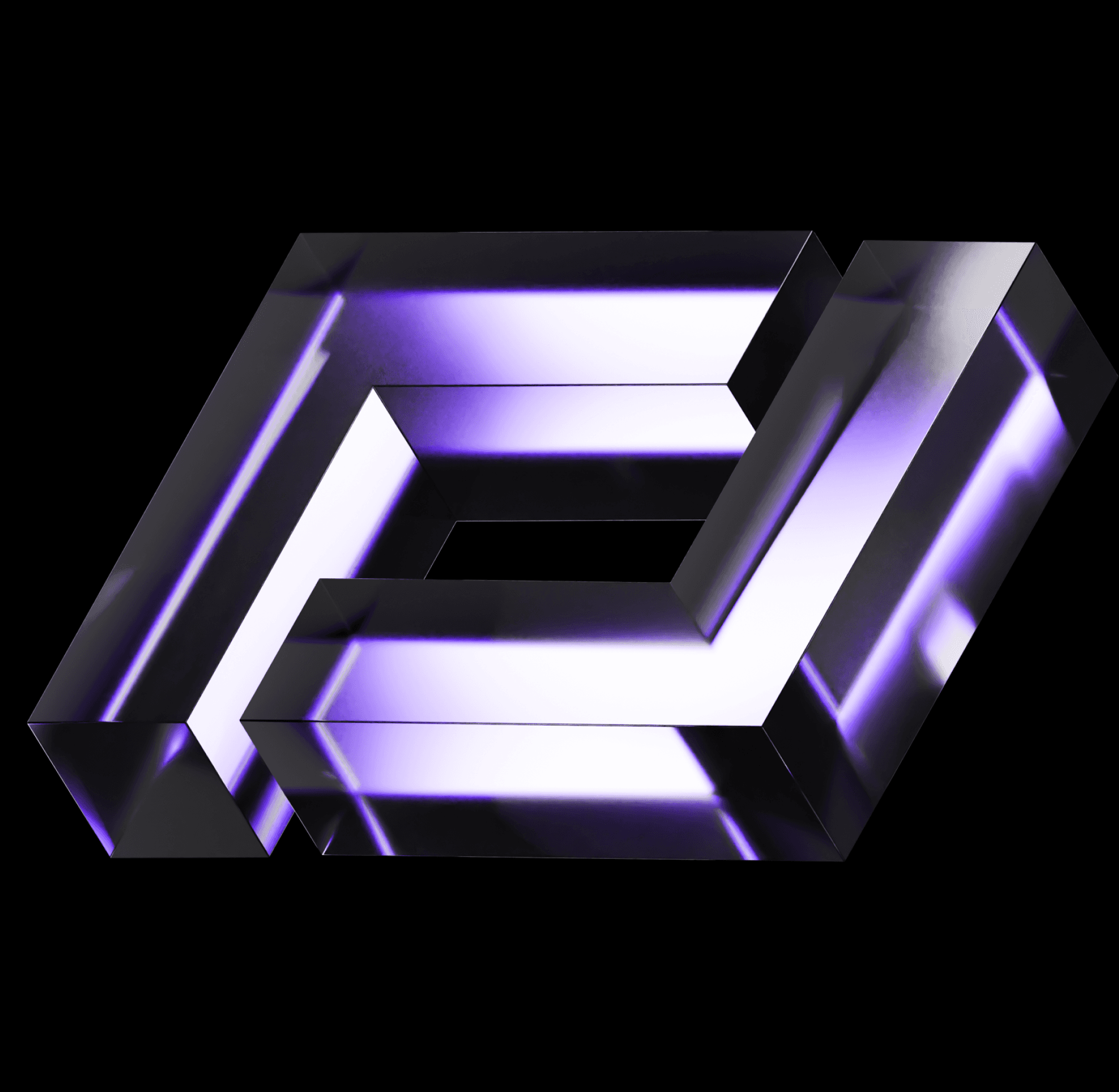What is Remote Access?
Remote access is the ability to connect to a computer system, network, or application from a distant location, typically over the internet. It allows users to work, troubleshoot, or manage systems without being physically present, enabling flexibility, responsiveness, and continuity.
Simply put, remote access lets you or your team use your office computer, files, or systems from anywhere with a secure connection.
How Remote Access Works
Remote access works by establishing a secure communication channel between the user’s device and the target system. It is done through various technologies and protocols:
VPN (Virtual Private Network) – Encrypts traffic and creates a secure tunnel to access internal resources.
Remote desktop protocols – Tools like RDP or VNC allow users to control a remote machine as if they were sitting in front of it.
Web-based portals – Cloud platforms offer browser-based access to apps and files.
SSH and command-line access – Used by IT teams to manage servers and infrastructure remotely.
Authentication and access control – Multi-factor authentication (MFA), role-based access controls, and audit logs ensure secure, compliant use.
Expert Tip: Always pair remote access with endpoint protection and identity controls to prevent unauthorized entry.
Why has Remote Access become so Pervasive?
Remote access is widely used because it is essential for modern work environments, especially in hybrid and distributed teams. It enables:
Work-from-anywhere flexibility – Employees can access tools and data from home, travel, or client sites.
IT support and troubleshooting – Admins can diagnose and fix issues without being on-site.
Business continuity – Keeps operations running during disruptions, such as natural disasters or office outages.
Cost savings – Reduces the need for physical infrastructure and travel.
Security and compliance – When properly configured, remote access supports secure workflows and auditability.
Key Components of Remote Access
Use this checklist to evaluate remote access capabilities, also considered as the core components of remote access software.
Secure connection protocols – VPN, SSL/TLS, SSH
Authentication mechanisms – MFA, SSO, device trust
Access control policies – Role-based permissions, session limits
Monitoring and logging – Track usage, detect anomalies.
Endpoint security – Antivirus, patching, device posture checks
Types of remote access
Below, we’ve listed four common types of remote access.
Remote desktop access – Full control of a distant machine
Application-level access – Access to specific apps or services
File-level access – Retrieve or edit documents remotely
Administrative access – IT teams managing infrastructure or cloud environments
Use Cases of Remote Access
These examples show how remote access supports real-world operations:
Hybrid workforce – Employees use VPN and cloud apps to work securely from home.
IT helpdesk – Support teams use remote desktop tools to resolve user issues.
Field operations – Technicians access schematics and service apps from mobile devices.
Disaster recovery – Staff connect to backup systems remotely during office outages.
FAQs about Remote Access
What’s the difference between remote access and remote desktop?
Remote access is a broad term; remote desktop is one method that gives full control over a distant machine.
What are the three types of remote access?
The three common types of remote access are direct network access (via VPNs), cloud-based access to apps and data, and remote access software that enables full control of distant devices. Teams use each one of the above for different security, usability, and infrastructure needs.
Is remote access secure?
It can be, when combined with encryption, MFA, access controls, and endpoint protection.
Do I need a VPN for remote access?
Not always. VPNs are common, but cloud apps, browser portals, and zero-trust architectures offer secure alternatives.
Can remote access be audited?
Yes, you can audit devices, tools and resources remotely accessing your tech stack/apps. Most platforms provide logging, session tracking, and integration with SIEM tools for compliance and visibility.
Executive Takeaway
Remote access is a foundational capability for flexible work, IT support, and resilience. But it must be secured with identity controls, endpoint protection, and usage policies.
Start by defining access needs by role, enforcing MFA, and monitoring usage. Remote access succeeds when it’s frictionless for users and defensible for security teams.






